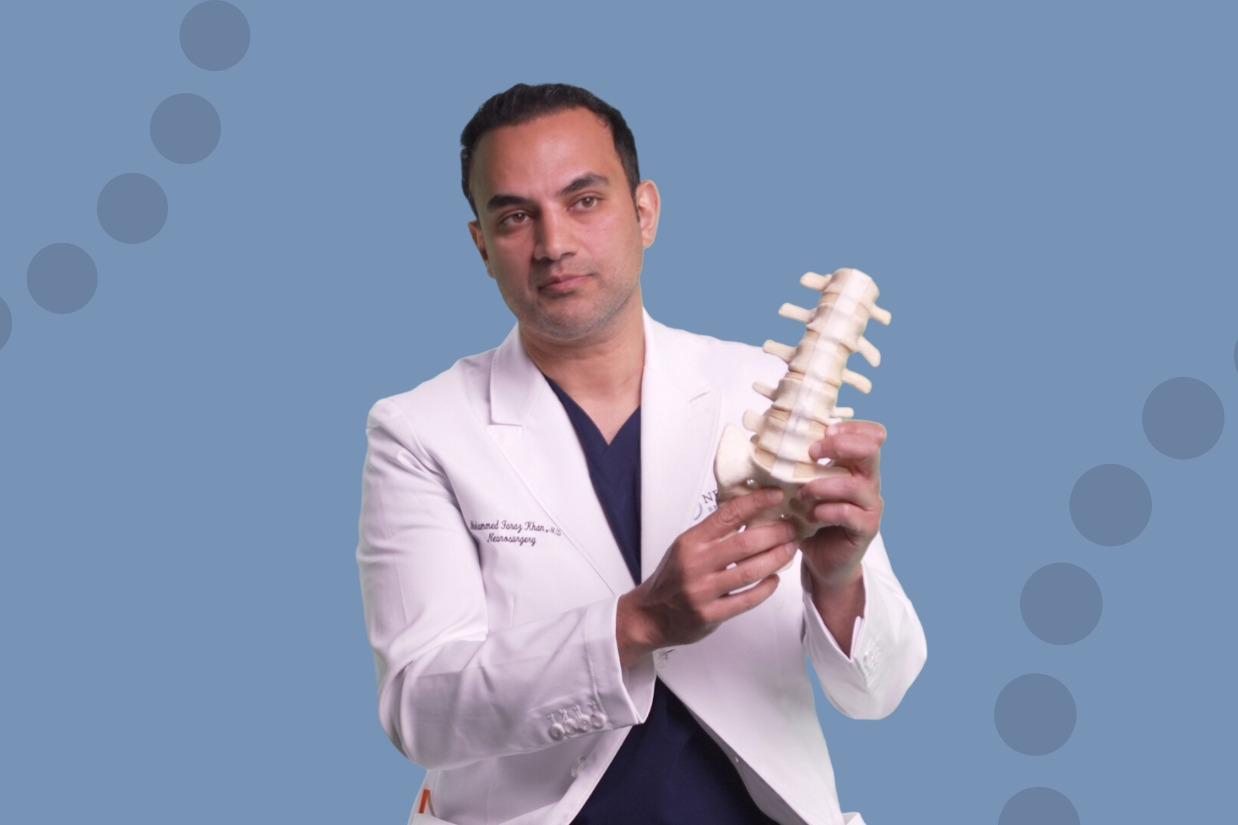What is Spinal Fusion?


Patients often ask me, “What happens when these discs down the middle no longer have enough cushion or shock absorption left in them”?
In those circumstances, the spine can develop something called instability where the bones will start shifting on each other with movement.
Just like I’m doing here, any kind of back and forth movement can lead to the spine shifting on itself.
In those cases where you have developed instability whether it is from a procedure they’ve had in the past or from a large disc herniation from a tumor or from an infection or even from a fall leading to a fracture in your back.
Any of these conditions that lead to instability in your back may need to be treated with a fusion.
Arthritis tends to be progressive and that tends to make the spine unstable over time in several cases.
Once you develop this instability, fusion may be one of the treatments that you need in order to eradicate some of your back pain.
Spinal fusion is a procedure where screws are placed into the unstable bones.
The bones that are moving back and forth are stabilized by placing screws in the back with small rods and caps to lock those bones into place.
Usually, a bone graft or a titanium cage is also placed along along with the screws to stabilize the spine in a 360 fashion to give the maximum amount of stability to get a good successful fusion.
We have robotics.
We have minimally invasive techniques that have turned the table on how things used to be in the past.
Patients are now able to get much better relief of their symptoms with smaller incisions, with a lot less pain than before, and a quicker return to work.
And a quicker return to full functionality with the understanding that we have expectations and we have appropriately set goals with regards to what the surgery is going to do for you.